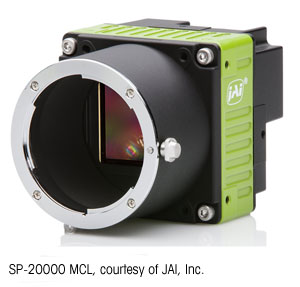_reg.jpg)
December 5, 2013 – The Chinese market for industrial Ethernet & Fieldbus Technologies grew by 18 million nodes in 2012. More than 3 million nodes used Ethernet and the remainder used Fieldbus technology.
Although Fieldbus has a large base of new connected nodes in China, the usage of Fieldbus is not as common as in developed countries such as Germany or the United States. This is mainly because Chinese customers are encountering networking technology much later than those developing countries.
However, the growing speed of Ethernet is quite considerable in China and we think it is a great opportunity for Chinese customers to upgrade their automation system under current market condition. Customers will just jump from old Fieldbus Technologies direct to Ethernet now and actually many of them are doing right now. The Chinese market is currently engaged in extensive upgrading and new infrastructure construction, and that will require a great deal of Ethernet applications.
In China, international brands are quite influential. This is also true for industrial networking protocols because most of them having their supporting companies. For example, the most popular Fieldbus protocols in China are PROFIBUS and CC-Link, which are developed and promoted by Siemens and Mitsubishi separately, which command large market share in China.
refer to:http://www.automation.com/portals/industrial-networks-field-buses/industrial-ethernet-growing-in-china







